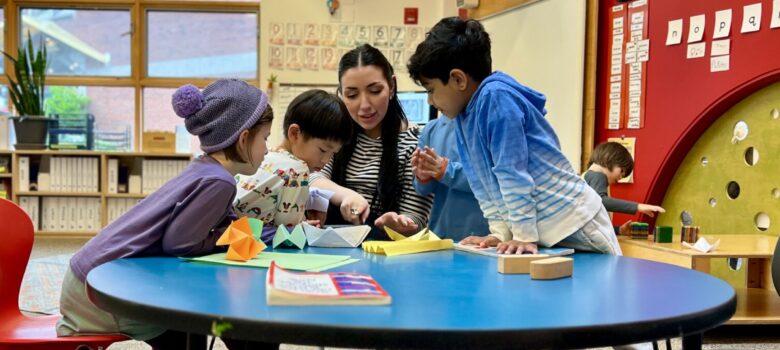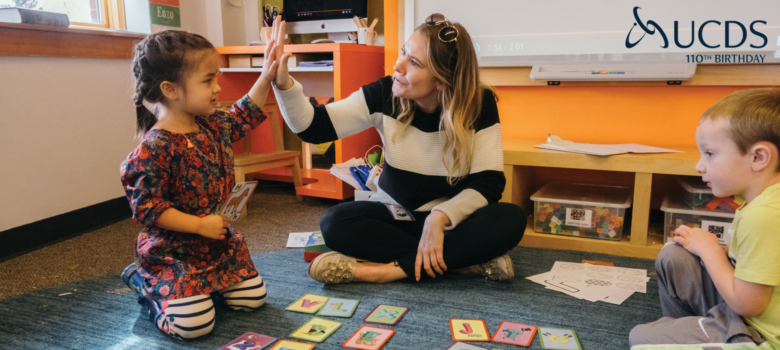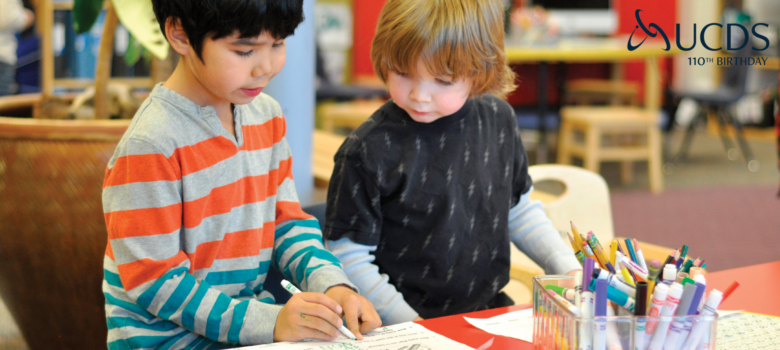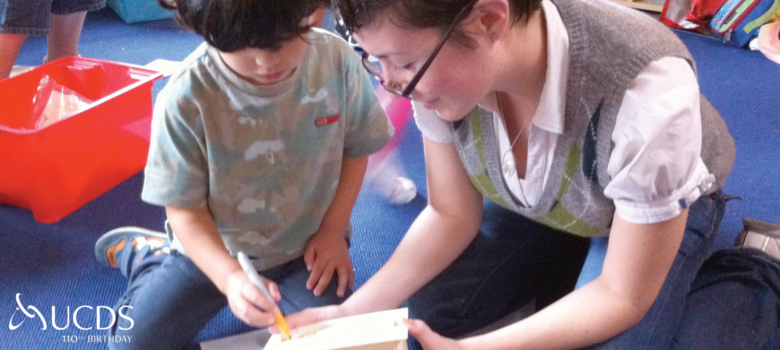By Lily Burgess, 1-2 Teacher
Social Studies is slippery. It is central to so much that we do. It figures into Math Vitamins, writing projects, and Read Aloud. It appears with great intention as we plan curriculum to connect people and places, and it shows up unexpectedly in conversations directed by curious minds of first and second graders.
On this day I picked up the book Sparkle Boy by Lesléa Newman at the library (thanks, Elaine!) and noticed its themes. The story is of a brother and sister. The younger brother delights in the sparkly skirts, nails, and jewelry of his sister and eagerly seeks to add them to his daily wardrobe. Themes of identity abound as the older sister questions her brother’s interests and retorts, “boys don’t wear that.” I have explored these concepts before with first and second graders, supporting them in developing an accepting attitude, inviting curiosity and promoting inclusivity. I felt I knew how this read aloud circle would go.
As I began, we first reviewed terms like gender—what does it mean? The kids raised hands, “I think it is like being a boy or girl,” one offered. We unpacked it as a group; gender is how you show who you are, boy, girl or in-between! Diving into the narrative we arrived at the first moment the older sister opposes her brother’s attire. An audible gasp fell over the circle and voices chimed in with disbelieving remarks: “What?” “No!” “Why not?” In that moment I realized that my initial intention in reading this book was insufficient. Using prompts and guiding questions that lead them to that inclusive perspective would echo what they already understood. We often refer to our classrooms as having no ceiling- allowing for unlimited stretches for each child. And maybe that was what was happening here. What social studies stretch came next?
Building from the classes understanding of inclusivity, we turned our awareness to community. Why would his sister think these things of her own brother? We brainstormed what may inform this view. Does everyone in our community agree? Do we see boys and girls, men and women dressed similarly or differently around us? How do we build our understanding of what shows you are a boy or girl?
The room ignited with connections! “Pink is not just a girl color!” “Blue isn’t just for boys- it is my favorite color too!” “You should just wear what you like.” “Mostly only girls wear skirts now so maybe that is why the sister thinks that.” As the circle concluded I felt excited. Excited for how these topics are now so normalized for our kids. Excited for the new ways to think about identity and community. And excited to be in a classroom with bright thinkers, willing and exuberant to explore and discover something new with each book, social studies topic, and circle together.





